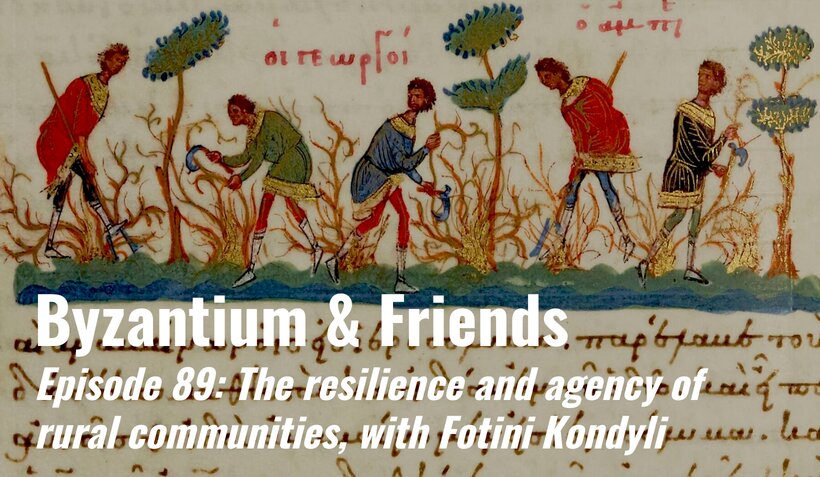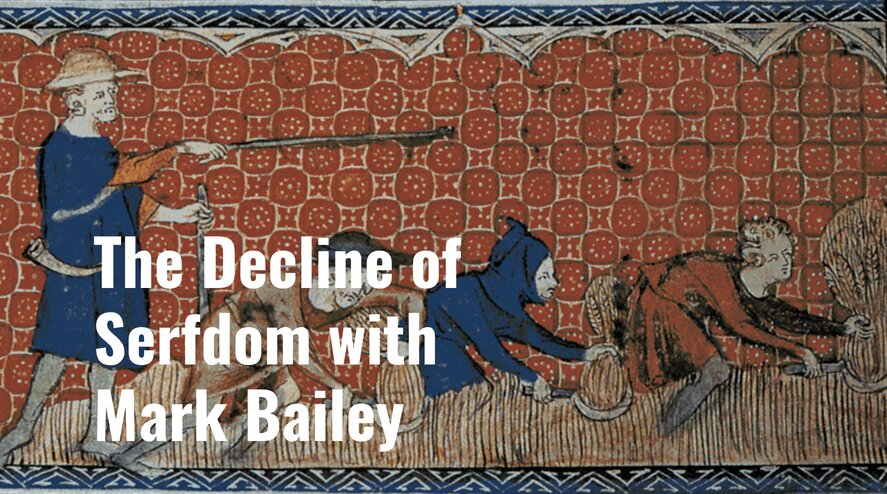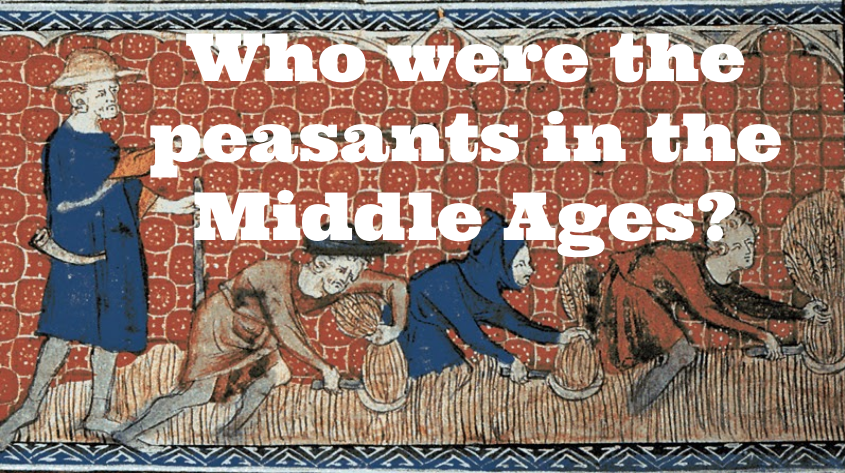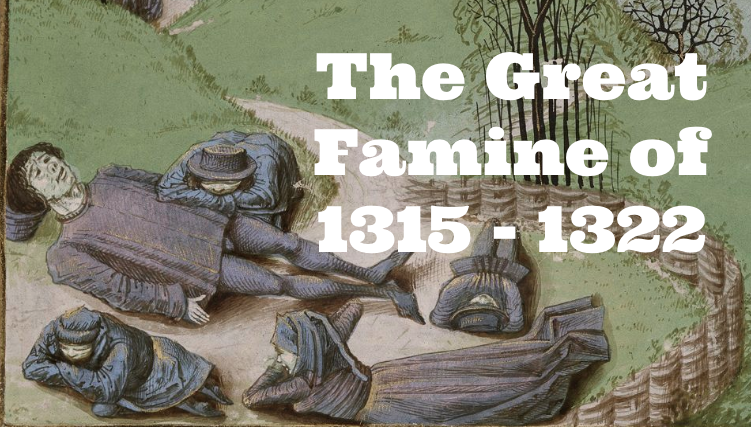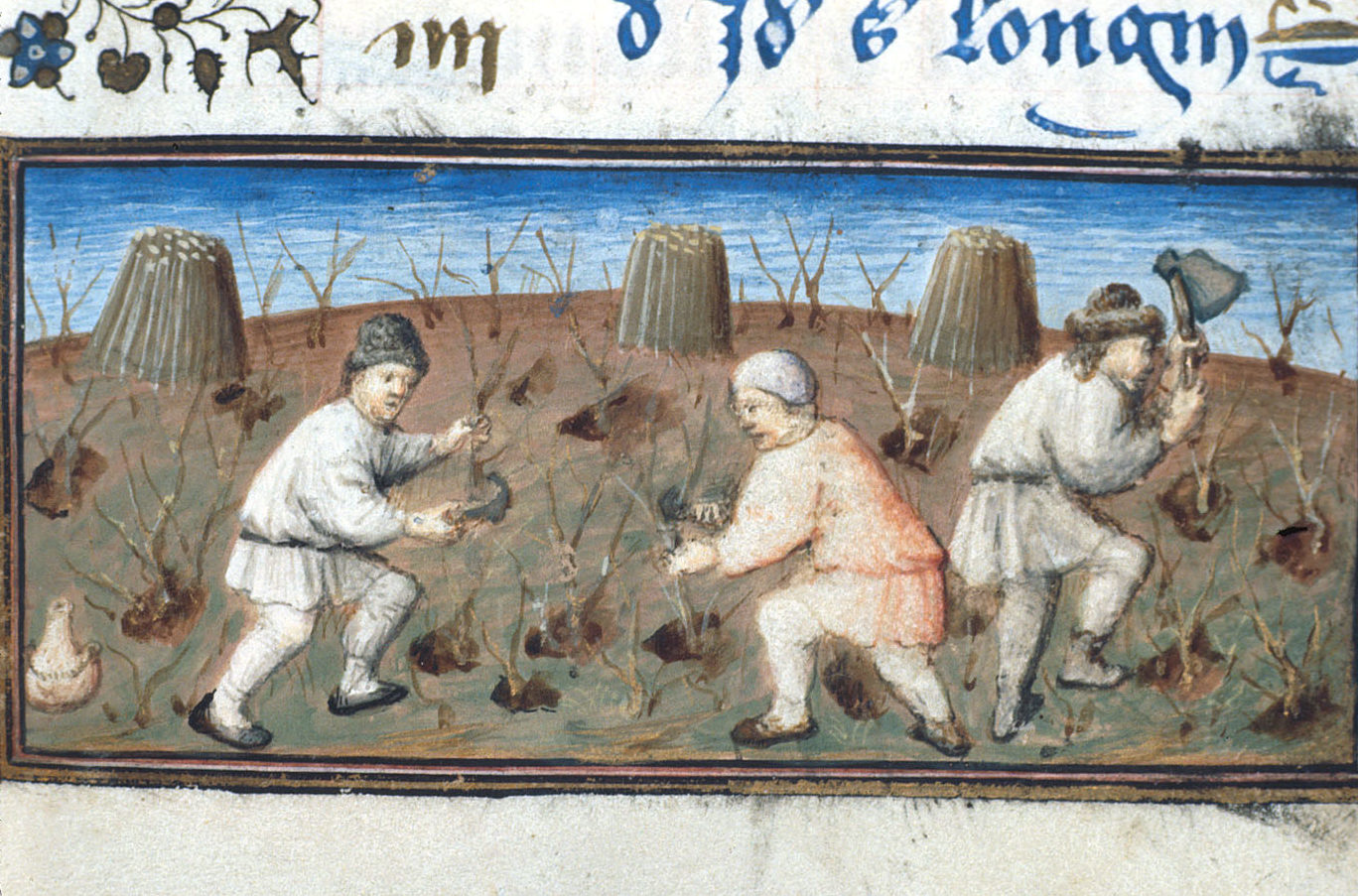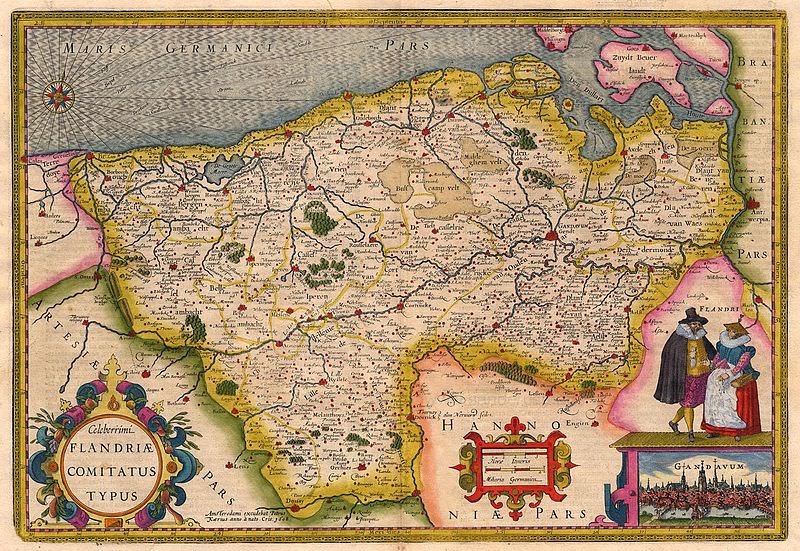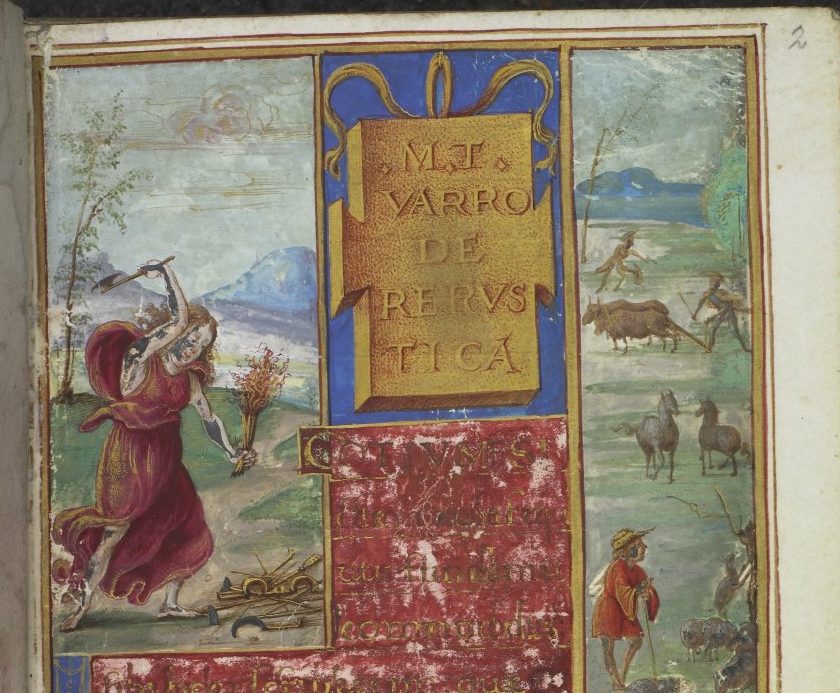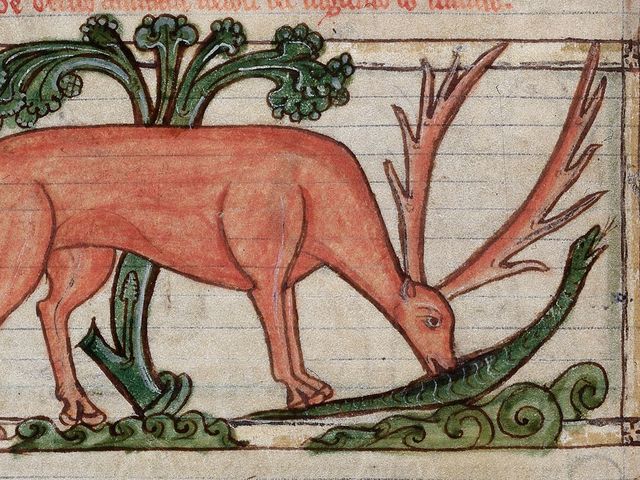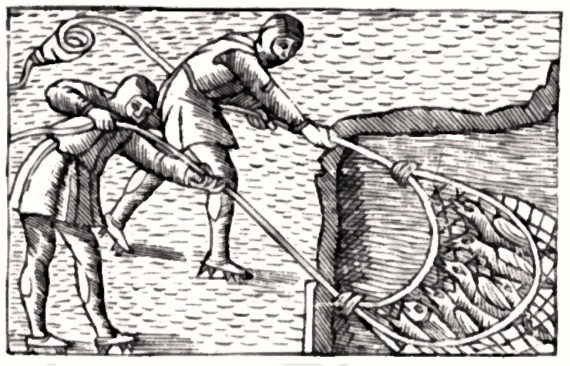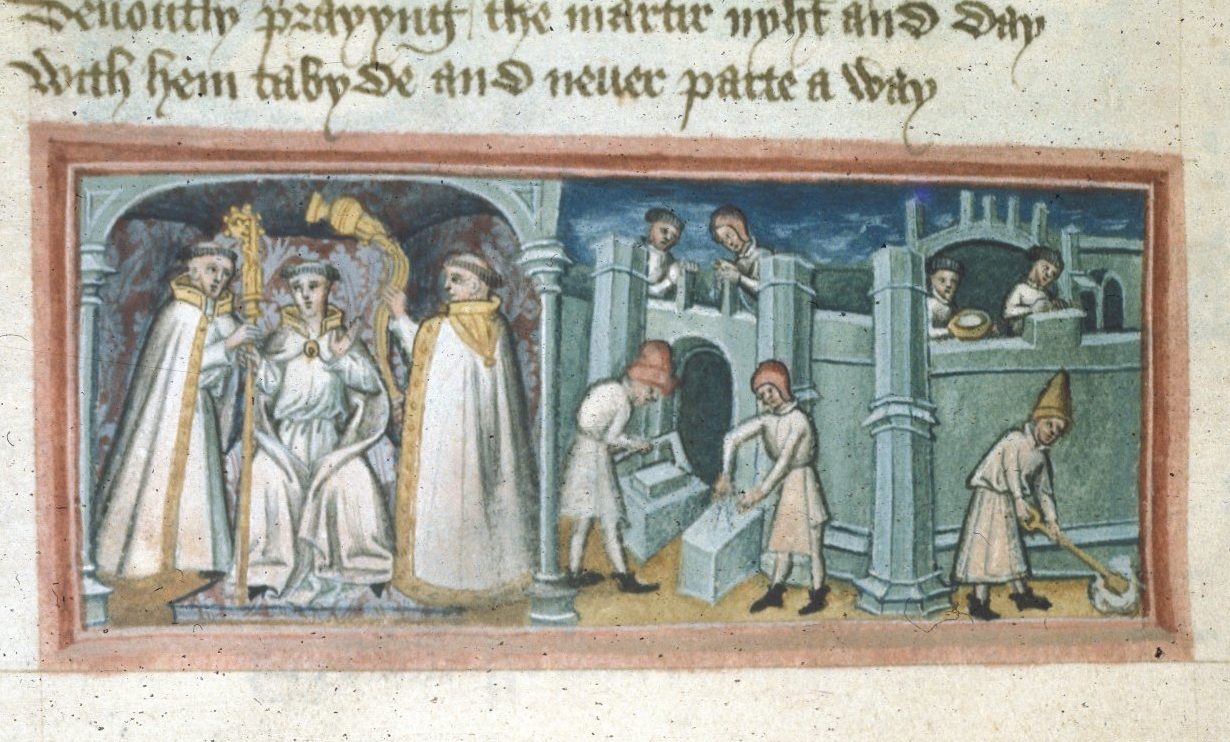The Historiography of a Construct: “Feudalism” and the Medieval Historian
Was medieval Europe truly a “feudal” society, or is feudalism a modern construct imposed on the past? This article explores how historians have debated, redefined, and even rejected the term, shaping our understanding of medieval governance and society.
The Myth of Mills: Bridging Antiquity and Medieval Innovation
Were watermills a revolutionary invention of the Middle Ages, or do their origins lie deeper in history?
How to Buy a Medieval Warhorse
Owning a warhorse was more than a necessity for medieval knights—it was a symbol of their status and a critical asset in battle. England’s warrior aristocracy had multiple avenues to secure these prized animals, ranging from bustling horse fairs to deals with foreign merchants and independent traders.
New Medieval Books: The Price of Collapse
Why did the Ming Dynasty collapse in the 17th century? This book offers an answer by looking at grain prices and how they were affected by climate change.
The Organization of a Medieval Manor
Medieval manors could be large farms with hundreds of people working there. They had to be managed, and a thirteenth-century treatise known as the Seneschaucy offers a guide to the duties of some of the officials on the manor.
New Medieval Books: The Catch
A comprehensive examination of fishing in medieval Europe, including how they were caught, how they went from sea (or river) to market, and what happened when overfishing led to scarcities.
Decoding Divine Enterprise: The External Affairs of 13th Century Canterbury Cathedral
In understanding the external affairs of Canterbury, we can gain an insight into the investments and estates controlled by Canterbury.
The Medieval Agricultural Revolution: New Evidence
The Medieval Agricultural Revolution: New Evidence Lecture by Helena Hamerow Given at Gresham College on March 23, 2023 Abstract: During the medieval ‘agricultural…
The resilience and agency of rural communities, with Fotini Kondyli
A conversation with Fotini Kondyli about our changing picture of rural communities in late Byzantium. We talk about resilience in times of crisis — the fourteenth century was not an easy one! — and about how we can reimagine and restore the power and agency of these rural non-elites. We also talk about survey archaeology, one of our main tools for accessing these communities.
The Decline of Serfdom with Mark Bailey
We know that many people were unfree serfs in the Middle Ages, but what does serfdom actually mean? This week on The Medieval Podcast, Danièle speaks with Mark Bailey about medieval serfs, their place in society, and the true catalyst for the decline and fall of serfdom in England.
Are they serfs? A medieval dispute that lasted 47 years
In 1179, a dispute arose between the residents of a French village and a monastery. Were these villagers serfs and the monastery their lord? It would take nearly a half-century before the affair was finally decided.
The grain supply of the Byzantine empire revisited: history, archaeology, palynology
We’re going to talk about in this paper the way the production of cereal, such as wheat, barley, millet and so forth, developed and was managed across the Byzantine period.
How the Black Death Improved the Lives of Medieval Peasants
After the ravages of the plague were finished, medieval peasants found their lives and working conditions improved.
Who were the peasants in the Middle Ages?
Our new columnist Lucie Laumonier explains the four common characteristics of what is a peasant in the Middle Ages.
Five Myths about Medieval Peasants
This week, Danièle takes on five common myths about medieval peasants.
10 Things to Know About the Great Famine
One of the most severe crises to strike medieval Europe was the Great Famine. Beginning in the year 1315, much of northern Europe would face years of bad weather, crop failures and widespread deaths from disease and starvation.
Trading in Viking-Period Scandinavia – A Business Only for a Few? The Jämtland Case
To what extent did people in rural areas in Viking-period Scandinavia, living outside the emporia of the time, participate in buying and selling goods?
What was farming like in medieval Iceland?
How did Icelanders build and run farms in the Middle Ages?
The Macclesfield Cattle Enterprise of Edward the Black Prince, and why it failed, 1354 to 1376
Most of the Macclesfield cattle were not bought, but transferred from other places on the prince’s estates. One major source at the beginning was the other manors of the earldom in Cheshire as cattle farming was wound up in them, mostly from Frodsham and some from Drakelow and Shotwick
In the Wake of Death: Socioeconomic Effects of the Black Death in Medieval England
In the years following the plague, as peasants and merchants gained more economic freedom, tensions grew between lower and upper classes of society as the upper classes stood to lose their status and way of life.
The family or the farm: a Sophie’s choice? The late medieval crisis in the former county of Flanders
The county of Flanders provides an interesting test case with which to verify the neo-Malthusian Duby-Postan thesis about the so-called late medieval crisis.
Wasteland: Buffer in the Medieval Economy
At the end of the Roman period the area of wasteland seems to have increased. Since the increase or decrease in wasteland is closely linked with the economy in general, we can discern several periods of decline and growth.
Wild to domestic and back again: the dynamics of fallow deer management in medieval England
The medieval fashion for parks transformed the English landscape: it is estimated that by 1300 AD over 3000 had been established, covering about 2% of the total area of countryside
The character of commercial fishing in Icelandic waters in the fifteenth century
The character of commercial fishing in Icelandic waters in the fifteenth century By Mark Gardiner Cod and Herring: The Archaeology and History of Medieval…
Tips on being a good CEO from a medieval abbot
In many ways, Abbot Samson would resemble the Chief Executive Officer of a company – indeed, he was actually running a corporation that would have been worth tens of millions of pounds in today’s money








